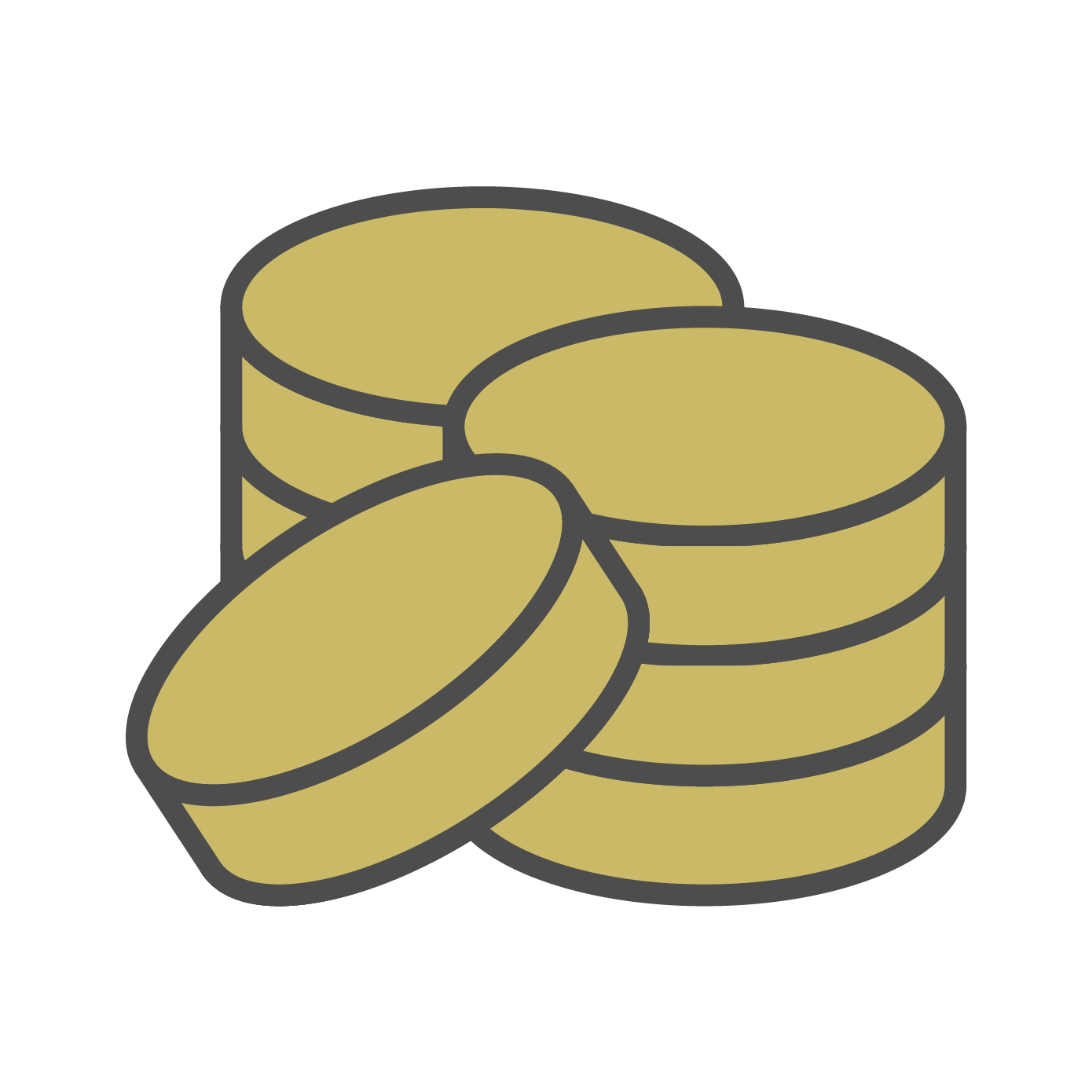Gold Price Drops

.
Gold price drops because of several factors.
.
Monetary policy
A big influence on gold prices is monetary policy, which is controlled by the Federal Reserve. Monetary policy affects the money supply growth which in turn determines the inflation rate.
.
Inflation
Inflation or the rising price of goods and services is almost always a sign of economic growth and expansion. When the economy is growing and expanding, it’s common for the Federal Reserve to expand the money supply. Expanding the money supply dilutes the value of monetary notes in circulation, making it more expensive to buy assets that are perceived as ‘store of value,’ such as gold.
.
A store of value is an asset that maintains its value, rather than depreciates. Gold and other precious metals are good stores of value because their shelf lives are essentially perpetual.
.
This push-pull between interest rates and inflation can play a constant tug-of-war on gold prices.
.
Economic data
Economic data can influence the Federal Reserve’s monetary policy decisions, which can in turn affect gold prices.
A stronger U.S. economy has a tendency to push gold prices lower. Strong economic growth implies that the Federal Reserve could make a move to tighten monetary policy, thus impacting the opportunity cost dynamic (opportunity cost is the value of what you lose when choosing between two or more options). On the other hand, a weaker U.S economy decreases interest rates and increases gold prices.
Gold and interest rates traditionally have a negative correlation in relationship between each other. It is not guaranteed but usually, the gold price goes up when interest rates go down, and down when rates go up. This is because rising interest rates make stocks, government bonds, and other investments more attractive to investors.
.
Supply and demand
Gold is a produced commodity and is subject to those same economic forces.
As with any good or service, increased demand with low supply has a tendency to pull the prices of that good or service higher. Conversely, an oversupply of a good or service with weak demand can push prices lower.
.
Market Trends
Since the price of gold is dollar-denominated, the movement of currencies is another strong influencer.
A falling U.S. dollar has a tendency to push gold prices higher because other currencies and commodities around the world increase in value when the dollar falls. On the contrary, a strengthening U.S. dollar often comes about because of a growing U.S. economy. It also pushes down gold prices since gold and the U.S. dollar have an inverse relationship.
The Federal Reserve commentary also moves the gold markets. The Federal Open Market Committee, which holds meetings about once every six weeks, discusses the state of the U.S. economy and the future of monetary policy. When the Federal Reserve announces its results, big businesses make hedging decisions and the public is right there waiting and anticipating the move and responds accordingly.
.
ETFs
Exchange-traded funds, or ETFs, are more than likely the smallest influencer of gold prices. ETFs aren’t designed to be market movers. As investment demand for gold changes, the price can be affected by the purchasing and selling activity of ETFs.
Buy Low; Sell High
.
Uncertainty
The broad factor of uncertainty that can influence gold prices are subjects such as political uncertainty and/or instability.
Specific examples include a new Presidential election, Terrorist threats, or Civil unrest and it can differ from one event to the next.
.
.
Bottom line
The price of gold is subject to several factors. In the long run, gold is a great defense mechanism to hedge your investment. It is always a wise choice to have gold in your portfolio or safe if storing it yourself.
If you enjoyed this post, go here now to enter your e-mail and get your free Gold Buying Facts .pdf.
